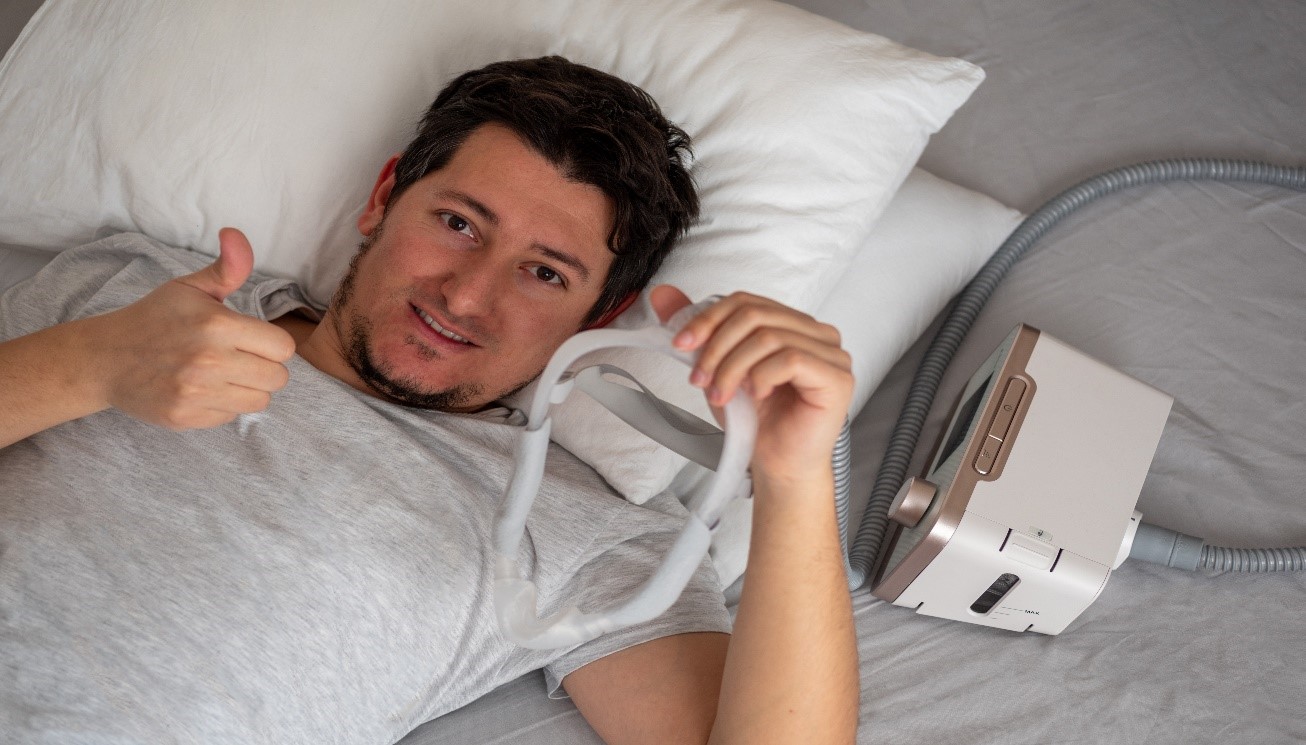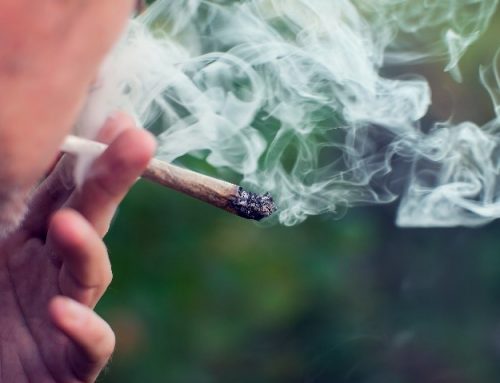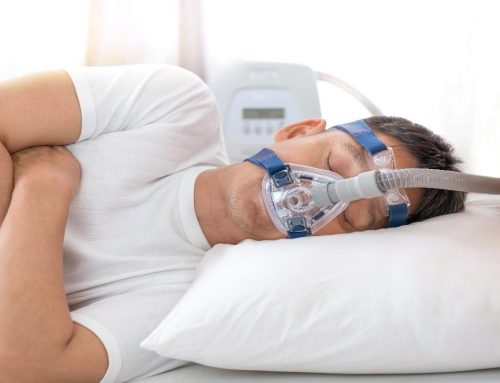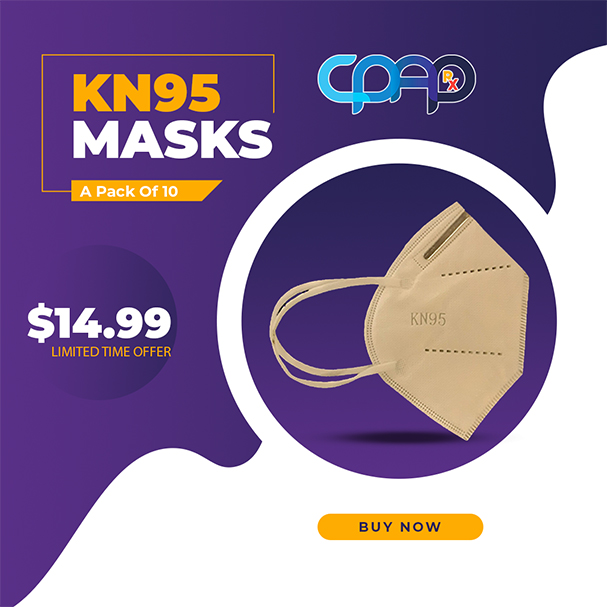Table of Contents
CPAP Device Compliance Tips for Successful Sleep Apnea Treatment
It’s common for our patients to feel overwhelmed and anxious concerning their obstructive sleep apnea (OSA) diagnosis. The transition to long-term sleep therapy is not going to be easy. Most patients fail their first or even second trial to maintain their sleep therapy.

Adjusting to using a face mask with pressurized air may not be very comfortable at first and needs time to adapt. Every patient is different, and adjustment time differs. Our staff has noticed that it typically takes our patients about two to six weeks to meet CPAP compliance requirements fully.
What’s the point of seeking a consultation, getting a sleep study, buying CPAP equipment, and abandoning your treatment after a few nights of tough transition? We see many patients suffering CPAP non-compliance consequences in the long term when they fall into this pattern.
Here are some critical tips for improving CPAP compliance:
1)Educate Yourself
We cannot stress the importance of getting educated as a new CPAP consumer. Talk to your sleep medicine provider, seek independent information sources, read the manuals provided with your device, and ask questions when you have them.
All of these steps can make you a more informed CPAP consumer. Sometimes knowing your health risks and how poor sleep affects your overall health helps you stay focused on using your CPAP device.
2) Research Your Device
Some machines have a RAMP feature that enables users to start the night off at a lower pressure and build to the recommendation for them once they fall asleep.
Respironics devices have a feature known as CFLEX, and ResMed devices have a feature known as EPR, that provide their users with the choice to have lower pressure on the exhale and the recommended pressure at the inhale.
Sometimes these extra features can help new users adjust to their CPAP mask and the pressure. Once you have transitioned into using your device to meet compliance, you can switch off these additional features.
3) Start Slow
Starting slowly is totally fine and, in fact, we recommend that you do. Attempt using your mask during a nap or just when you feel tired.
We recommend beginning by wearing your mask when you feel tired, taking a mid-day nap, or relaxing while lying down. You will start to train yourself to feel comfortable and relaxed wearing your mask with the pressurized air.
4) Stick to a Sleep Routine
Make CPAP part of your daily routine. It is significant to stick to your sleep routine while you are adjusting to using your CPAP machine.
Also, this helps train your mind and body that it’s time for bed and that CPAP is a part of going to sleep. It might be challenging to find a good rhythm, and it’s ok to adjust your routine to make it work better for you.
5) Attempt a Humidifier
 Dry mouth, nostrils, and eyes. If you have not experienced dryness caused by your CPAP machine, awesome, nevertheless, if you have, you know exactly how much discomfort that the dryness causes.
Dry mouth, nostrils, and eyes. If you have not experienced dryness caused by your CPAP machine, awesome, nevertheless, if you have, you know exactly how much discomfort that the dryness causes.
A humidifier can swiftly remedy that issue with minimal effort from the user. Most devices have built-in humidifiers and settings that auto-adjusts to your preferences.
6) Record Your Progress
It may seem a bit unnatural for some, but tracking your exact progress and adjustment helps your sleep medicine provider make more changes, give advice, and aid you in your success.
Defining clear goals and actionable steps to attain those goals helps hold you accountable in your CPAP therapy.
Conclusion
Even if this is not your first attempt at using your CPAP equipment, these tips will help you adjust to your using your CPAP. You will be surprised at what some minor adjustments to your sleep hygiene can do for your general health. Determining the right combination of habits and tricks could mean the difference between successful CPAP use and abandoning your CPAP therapy.





 Shop
Shop



